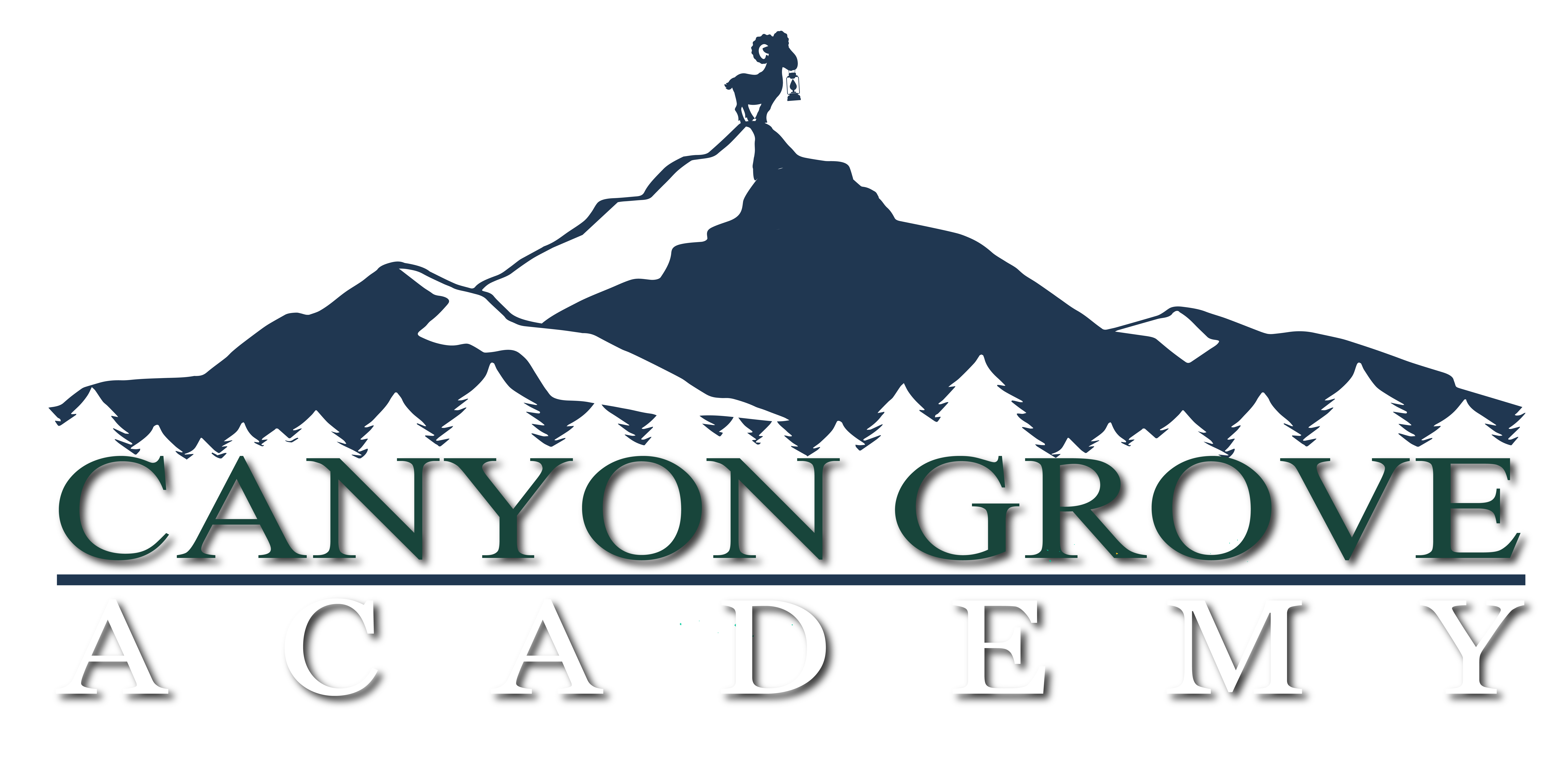Our Mission
Canyon Grove is an inspired community of learners, parents, and educators who find fulfillment and joy in pursuing excellence in learning, self-accountability, and in meeting unique individual needs in order to prepare students for the life-long pursuit of knowledge to attain their full potential.
Our students are enrolled in either K-8 Adventures at Home or K- 6 Adventures at School.
Adventures at School is a five day a week on campus program. This program is only on our Pleasant Grove campus.
Adventures at Home is a hybrid model where students attend 1.5 days on campus and complete the rest of their education at home.
Both programs include our Epic curriculum as well as our Innovations and Discovery programs.
We have a resource library that is full of curriculum and resources to use at home. All of our families are welcome to use these resources.
Adventures at Home students choose a specific day to come on a campus in Pleasant Grove, South Jordan, downtown SLC or Tooele.
Enroll now and become part of our CGA community. Join us in a year of learning, adventure, family, and fun!
—
